Arabic Grammar's Role in Islamic Tradition & Linguistic Evolution
Understanding Arabic grammar and morphology is crucial for effective communication and grasping the Quran and Hadith. It maintains the purity of Arabic and preserves its historical significance. Proficiency in these areas enhances language skills, allowing for more eloquent expression and a deeper connection to Arabic literature and culture. For Islamic scholars, it's indispensable in comprehending sacred texts. Moreover, a strong grasp of Arabic's grammatical structure and word formations reveals its profound impact on art, science, and philosophy. Overall, studying these aspects of Arabic is a pathway to mastering the language and appreciating its culture.
Several quotes emphasize the significance of Arabic grammar and morphology. Umar bin Khattab (r.a) emphasised the importance by linking Arabic language to religious obligation, saying, "Because Arabic is a part of your religion, learn the language." Al-Asmai warned about the risks of misunderstanding the Prophet's teachings due to a lack of grammar understanding. He said, "The most dangerous thing for a scholar who does not understand grammar is that they may be misled into telling lies about the Prophet ﷺ." Imam Al-Shafi'i extolled the depth of knowledge one gains by studying grammar, stating, "One who delves into grammar will be guided to all knowledge." These quotes underscore the crucial role Arabic grammar and morphology play in understanding Islamic texts and acquiring comprehensive knowledge.
The Emergence of Arabic Grammar
The Arabic language originated in the heart of the Arabian Peninsula, free from the influences of other languages. It was in places like Al-Ukaz, Majnah, and Dhul-Majaz that served as forums for both trade and literature. Arabic was not only a medium for livelihood but also a platform for literary expression. The language remained structurally pure, untouched by foreign linguistic influences.
With the advent of Islam and its subsequent conquests, the Arabic language gained prominence. People from various regions embraced Arabic as a lingua franca, contributing to its development. The Arabian Peninsula became a melting pot of cultures and faiths, and Arabic served as the unifying language for communication in homes, markets, rituals, and mosques. It remained the unifying language, fostering a unique linguistic heritage that continues to thrive.
Arabic Grammar: An Independent Science
Arabic grammar became necessary because the Prophet Muhammad ﷺ lived in an era when both native Arab speakers and non-Arabs spoke with grammatical anomalies. It is reported that a man engaged in poor pronunciation in the presence of the Prophet ﷺ, who then instructed others to guide their fellow in error, emphasising the importance of clear communication. Caliph Umar ibn Khattab (r.a.) encountered people who mispronounced words, and he corrected them, stating that their linguistic errors were more troubling to him than their mistakes in other matters, such as archery.
The renowned linguist Al-Asma'i noted that four individuals were known for their exceptional linguistic clarity and were not prone to mispronunciation: Al-Sha'bi, Abd al-Malik ibn Marwan, Al-Hajjaj ibn Yusuf, and Ibn al-Qariyah, with Al-Hajjaj being the most eloquent among them.
The Establishment of Arabic Grammar
The founder of Arabic grammar and the one who laid its foundations and boundaries was Amīr al-Mu'minin Ali ibn Abi Talib (r.a.). He imparted this knowledge to Abu al-Aswad al-Du'ali, who is recognized as the pioneer of the science of grammar. There are various opinions regarding the establishment of Arabic grammar, including:
First opinion: Abu al-Aswad al-Du'ali narrates his encounter with Amir al-Mu'minin Ali ibn Abi Talib (r.a.). He found Ali (r.a.) holding a piece of parchment and inquired about it. Ali (r.a.) responded that he had observed the Arabic language becoming corrupted due to the influence of non-Arabic speakers. To preserve and guide the language, Ali (r.a.) wanted to establish a reference that people could rely on. He handed the parchment to Abu al-Aswad, and it was inscribed with the statement: al-kalām kulluhu ism wa-fiʿl wa-ḥarf (All speech consists of nouns, verbs, and particles.) He instructed Abu al-Aswad to develop this grammar, and the process continued with ongoing discussions and revisions until a satisfactory level of completeness was reached. Ali (r.a.) praised the resulting grammar, emphasising its value.
Second opinion: One day an Arab man asked Umar ibn al-Khattab (r.a.) if anyone could repeat a verse from what Allah had revealed to Muhammad ﷺ during his caliphate. The man then recited a verse from Surah At-Tawbah, which states: Inna Allāha barī'un minal mushrikīna wa rasūluhū, bil-jarr ( Indeed Allah and His Messenger are free of the polytheists) The man then said: [In barāʾa Allāhu min rasūlih fa-anā abrū minhu]." Umar (r.a.), upon hearing the verse, declared that [wa-ʾanā wa-llāhi aʿbarī min man barīʿa Allāh wa-rasūluhu minhum), emphasising the significance of linguistic accuracy. This incident led to Umar's (r.a.) directive for Abu al-Aswad al-Du'ali to compile the rules of grammar.
Third opinion: Abu al-Aswad approached Ziyad, who was the governor of Basra, and expressed his concern about the corruption of the Arabic language due to its mingling with non-Arabic speakers. Ziyad initially discouraged him from pursuing grammar. However, a man came to Abu al-Aswad, saying: taufīya ʾabānā wa-tarraka banūnā, which is grammatically incorrect and distorted. Ziyad then ordered Abu al-Aswad to proceed with the development of grammar.
In summary, Arabic grammar, as an organised science, owes its origins to the efforts of Amir al-Mu'minin Ali ibn Abi Talib (r.a.), with the pivotal role played by Abu al-Aswad al-Du'ali. It was initiated to address the linguistic challenges arising from the mixing of Arabic with other languages and the need for accurate pronunciation and grammar, which later turned out to be an independent science.
Emergence and Approaches of Arabic Morphology
Linguists concur that the science of morphology, or Arabic grammar, developed alongside the science of Arabic syntax in the mid-1st century of the Islamic calendar. The foundational principles of both these disciplines are attributed to Abu al-Aswad al-Du'ali.Another opinion holds that Ma'adh ibn Muslim al-Harra was the first to identify morphological problems and distinguish them as a separate field of study within Arabic linguistics. Another opinion states that Ali ibn Abi Talib (r.a.) is the one who originated morphology. Leading academics have played a crucial role in the development and progress of the field of morphology.The reasons for the emergence of the science of morphology are much similar to those for the emergence of the science of syntax (Arabic grammar). Two major factors which contributed to the development of this field are:
- Religious Necessity: The need to teach non-Arabs religious matters, making the study of morphology essential for religious instruction.
- Social Requirement: Facilitating communication among people and meeting their needs by ensuring clear and correct pronunciation and language use. The impact of pronunciation on society is significant.
Furthermore, morphological studies, in particular, focus on the forms of Arabic words, examining the components of words to reveal their originality, additions, omissions, substitutions, correctness, errors, variations, transformations, or conversions into different structures to convey various meanings. The development of the science of morphology can be divided into two phases: the first phase before Sibawayh compiled his book, and the second phase after he completed it.
In the second phase, Sibawayh gathered morphological discussions within the framework of organising Arabic linguistic sciences and established their rules, without distinguishing between syntax, morphology, readings, origins, and other related aspects.
References
Shawki, Muhammad Abdur Rahman. (2003) Madāris al-naḥwiyyah Cairo: Dar al-Ma'arif.
Caspari, C. P. (2002). A grammar of the Arabic language . Routledge.
Tantawi, sayyid muhammed. ( 1995) Kitab Nash'at al-Nahw wa Tarikh Ashhar al-Nahha
About the author
Muhammed Sinan K is a research scholar pursuing a degree in Arabic Language and Literature at Darul Huda Islamic University.
Disclaimer
The views expressed in this article are the author’s own and do not necessarily mirror Islamonweb’s editorial stance.

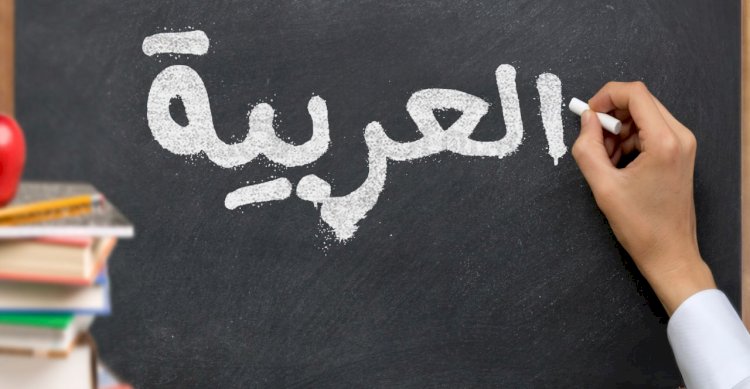




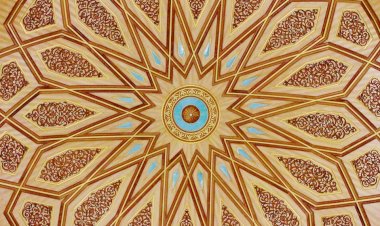
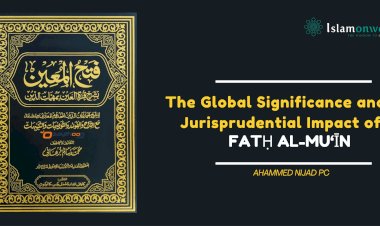
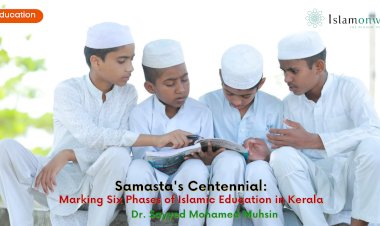
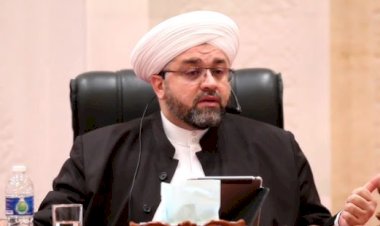
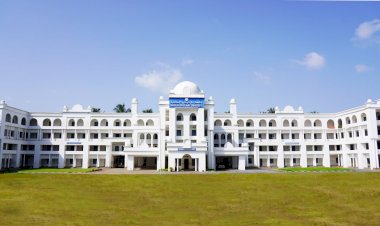














Leave A Comment